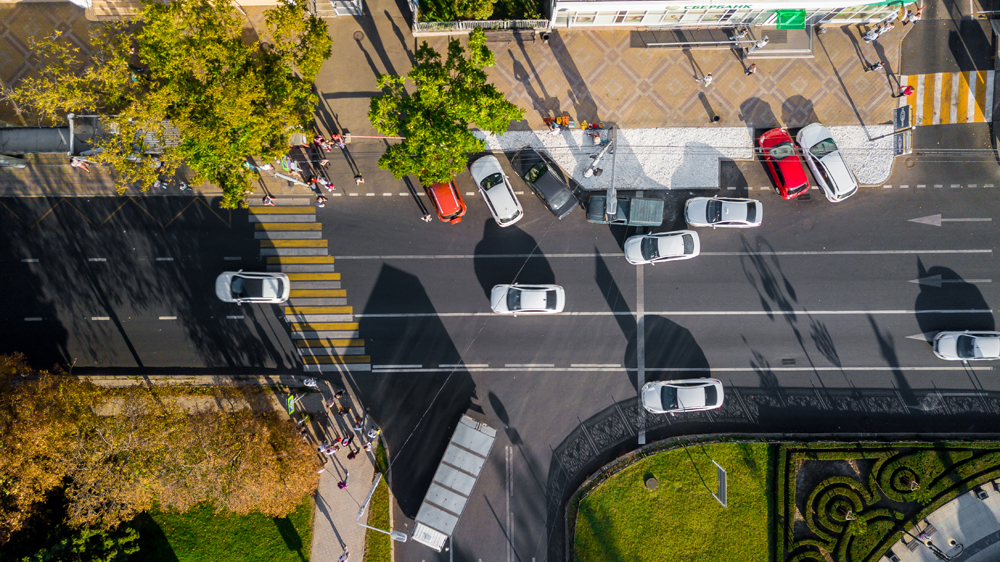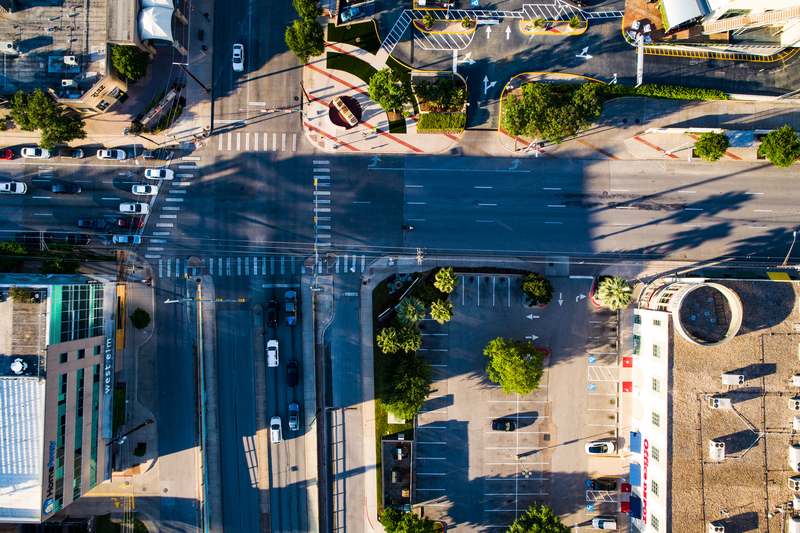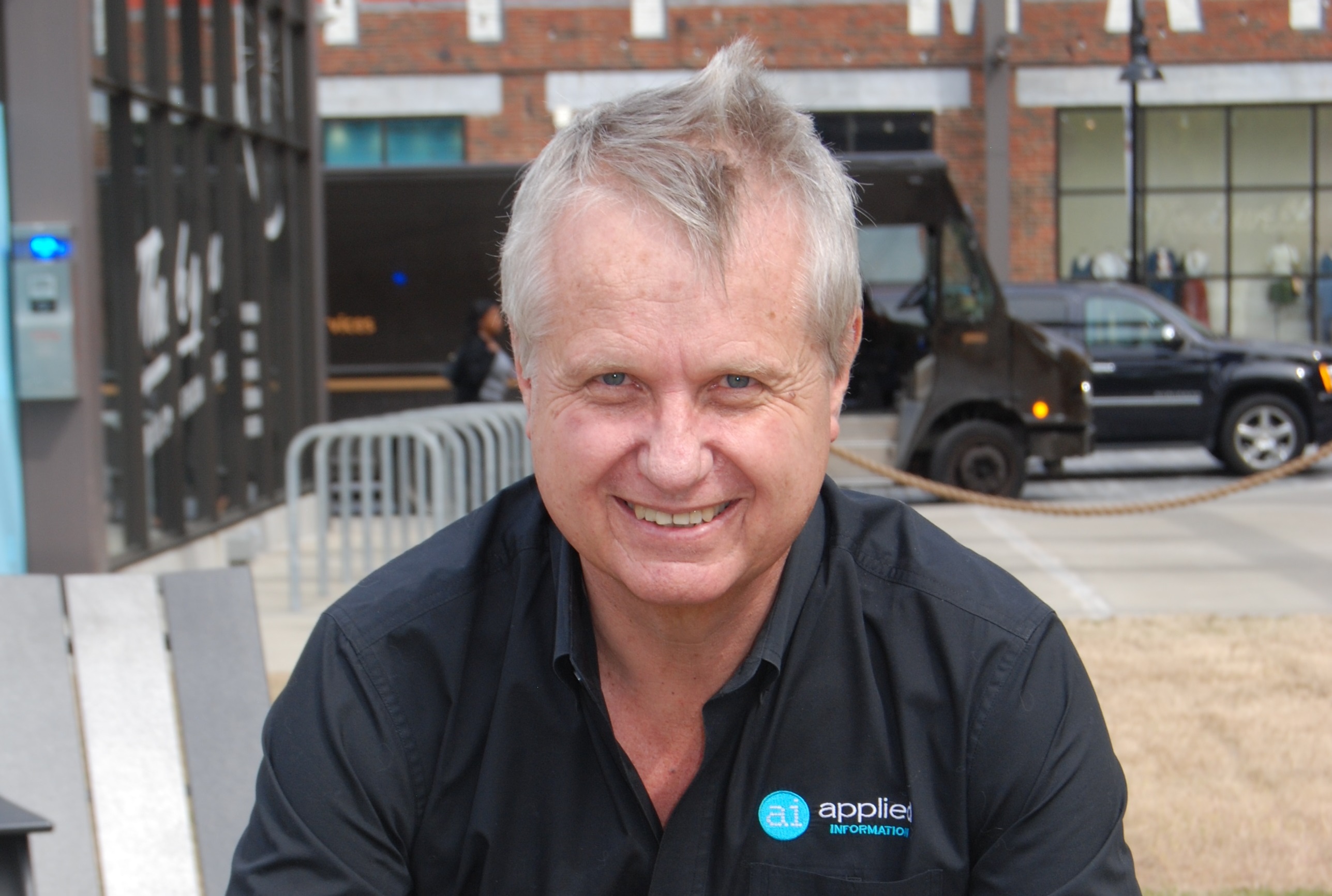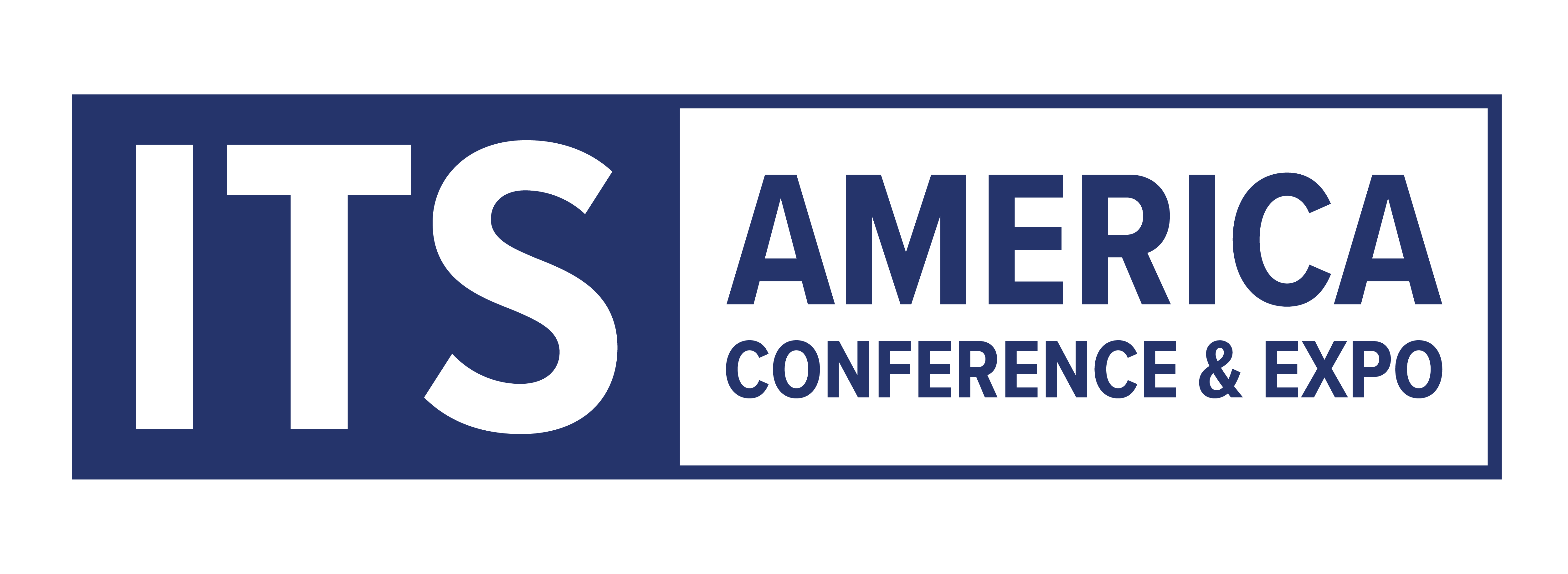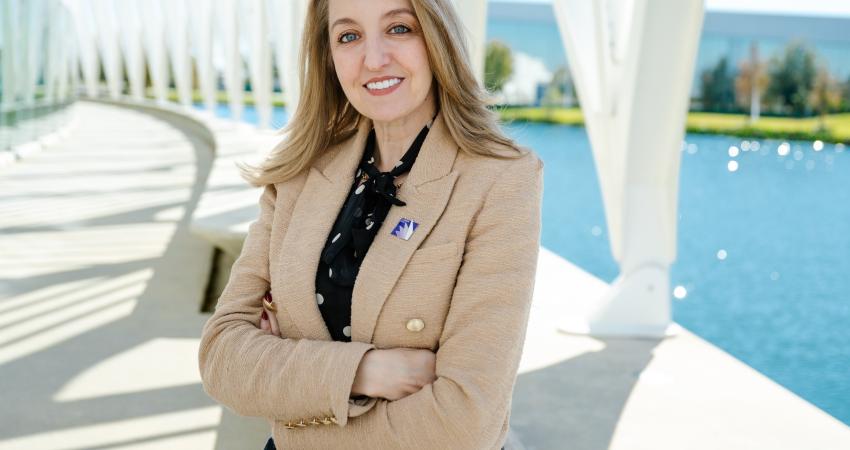
How much of road safety is in design, and how much traffic management, do you think?
The first step to answering that question is to know where high risk areas exist. Data can help. Once they know where a high risk area exists, a traffic engineer can apply their expertise to then explore causes and mitigations – whether that’s road design, poor signal timing or something else.
How will digitalisation of infrastructure help in this regard? What are some of the challenges here?
Digitalisation – the shift towards flexible hardware that can run a range of software solutions – opens up the opportunity to quickly see where problems exist. A near miss, in traffic data terms, is two road users occupying a specific zone at the same time. CO2 emissions from fossil fuel-powered vehicles correlate in a predictable way with acceleration and speed. Reducing stops and starts can reduce emissions. We know how to measure these things – access to that kind of data across a traffic network gives traffic engineers a much clearer picture on where there’s opportunities to make improvements that will have a real, measurable impact.
Climate change is perhaps the most pressing issue of our age – how can ITS technology help us to decarbonise transportation?
I think there are two main opportunities. The first is to support growing policy trends to encourage more efficient modes of transportation – walking, cycling and transit. That involves a significant traffic management shift from simply trying to move as many vehicles as possible to balancing the needs of very different road users. Being able to measure the impact of changes on all road users – to pilot new ideas and ensure that larger initiatives are having the desired impact – is critical to getting these changes right.
The second is the opportunity to keep existing, fossil-fuelled vehicles moving at a moderate speed with fewer stops, because we know that this reduces fuel consumption, which in turn reduces CO2 emissions and other pollutants. It doesn’t hurt that it’s also a much more pleasant driving experience!
You’ve spoken recently about the industry moving towards a ‘software-first paradigm’; can you expand on this?
Traffic infrastructure – particularly traffic signals – have traditionally been hardware- centric. Each function is provided by dedicated hardware. That hardware is fairly expensive and therefore has a fairly long replacement cycle – about 25 years.
That worked when traffic engineers were mostly trying to accomplish one thing – moving vehicles quickly and safely. But, transportation policy now has multiple goals – and will soon need to accommodate emerging changes like the advent of autonomous and connected vehicles.
If every time we want to support a new policy or add a new feature, we plan to roll a truck out to an intersection to install a new bit of dedicated hardware – well, that can’t possibly scale to meet today’s needs. It’s too expensive and it will take far, far too long to implement at every intersection.
Of course, we’ve solved this problem in other realms already. The functions you have on your smartphone all used to be separate devices too: a camera, a typewriter, a Rolodex, a calendar, a music player, a map and more. We don’t carry all those devices around – we carry one, flexible bit of hardware that is capable of running a whole range of software solutions that can be downloaded quickly and easily from an app store.
Imagine that paradigm applied to traffic infrastructure – install one piece of flexible, connected hardware, then download software solutions to address whatever policy goal you are trying to achieve. That’s where I think the industry is headed.








